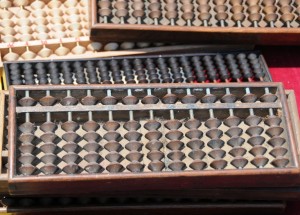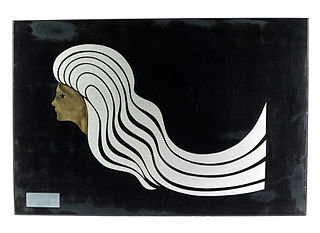 About two weeks ago, I decided to get a library card for Kyoto city library. There are many branches around town, and I thought it would be a good idea to be able to lend books, as I love to read, and buying them can get very expensive soon (given the amount of books I tend to read…) So far, I was thinking of English books, of course, and maybe something easy in Japanese for children, with many pictures; but eventually I thought, I would graduate to novels for teens and adults. The Japanese love to read, there are bookstores all over the place, and even in trains there are equally many people staring into a book as staring onto a smartphone…
About two weeks ago, I decided to get a library card for Kyoto city library. There are many branches around town, and I thought it would be a good idea to be able to lend books, as I love to read, and buying them can get very expensive soon (given the amount of books I tend to read…) So far, I was thinking of English books, of course, and maybe something easy in Japanese for children, with many pictures; but eventually I thought, I would graduate to novels for teens and adults. The Japanese love to read, there are bookstores all over the place, and even in trains there are equally many people staring into a book as staring onto a smartphone…
I have been to Japanese libraries before, in Nagoya and Hiroshima, so my expectations were quite high. Well, it turns out that the quality of Kyoto libraries is rather…underwhelming. It seems – I have seen four so far, so I may be wrong – that not a single one of the libraries has their own building, they are all stashed somewhere in some remote floor of a place that is mainly used for something else. The first library I went to was on top of a daycare facility, so they had mostly children’s (picture) books, which is okay, as I cannot read much more just yet. Another one was similar, and when I asked for English books in a third library, they showed me a tiny shelf with maybe 50 books in English, and barely a third was for adults.
They did send me to the “Chuo Daigo Library”, and told me it was the biggest one in Kyoto, and had the largest selection of English books, so I spent the afternoon there. Daigo is a part of town that I have never been to before, it did not make a very good impression on me to be honest, it looks like all the other busy Japanese towns; there are apartment buildings and a noisy, busy main road. The library is situated on the fourth floor of Daigo subway station, and indeed, it was the largest one I have been to so far. Their English section – still tiny – comprises two large shelves, bottom to top, and they have many English translations of Japanese authors – something I have hoped for. Unfortunately, they have a borrowing period of only two weeks (renewal is possible, but they ask for a single one only), so I only took a single book with me. I did make a list of a number of other books I’d like to read, and it should be possible to lend them at a branch that is closer to my place than Daigo – it took me about an hour to get there by subway.
All in all, I am not happy with Kyoto libraries as they are now. My soroban teacher confirmed that Kyoto’s libraries were not very good, compared to other libraries in Japan, even those in smaller towns around Kyoto. He says it may have to do with the fact that there are so many universities in Kyoto that have their own libraries, which are open to the public (although you cannot borrow books from them unless you are a student or working at that university). I hope that, once I figured out the lending system, I can lend books from libraries outside of Kyoto. It must be possible to get my fix here without spending tons of money, right?







